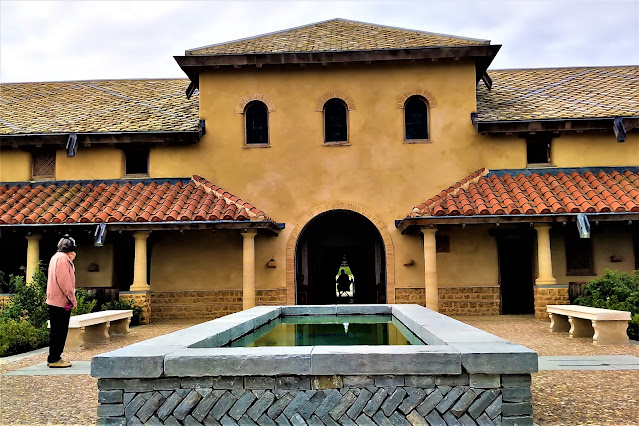Grey Heron Sighting
Introduction
This morning I was privileged to have an up-close encounter with a Grey Heron. Location was the Boating Pond at Rouken Glen Country Park, Glasgow, Scotland.
Information on Grey Herons
Whilst the species is not endangered, from my experience sightings are rare, maybe once or twice a year.When out in the countryside the birds usually avoid encounters with humans as a consequence photographers require a long lens and patience.
Unusually, the sole Heron pictured was standing just a few feet from a constant flow of family groups out for a walk in the sunshine.The bird seemed totally unfazed. In this case I suspect the Heron was totally focused on a potential feast in the form of the knot of frogs which can be seen in the video clip below bobbing in the water.
Diet
Grey herons are carnivorous and opportunistic feeders. Their diet can vary based on habitat and food availability but typically includes:
- Fish – The primary component of a grey heron’s diet. They are skillful at spearing fish with their sharp bills.
- Amphibians – Frogs, toads, newts and salamanders are readily eaten.
- Small mammals – Voles, shrews, rats and mice are eaten when available.
- Insects – Beetles, dragonflies, grasshoppers are important food sources.
- Crustaceans – Crabs and crayfish are occasional prey items.
- Reptiles – Small snakes, lizards and turtles are sometimes eaten.
- Birds – Nestlings and eggs are opportunistically preyed upon.
Grey herons exhibit patience and skill as hunters, often remaining motionless for long periods before spearing prey with their sharp bills. They will eat whatever prey is readily available in their wetland habitat.
Video Clip
More information
For information on Scotland's extensive history,wildlife, geology, sightseeing and much more please refer to the publication Visitors’ Guide to Scotland, ISBN 978-1-9161332-0-4. This book is also available via Kindle.


Comments
Post a Comment